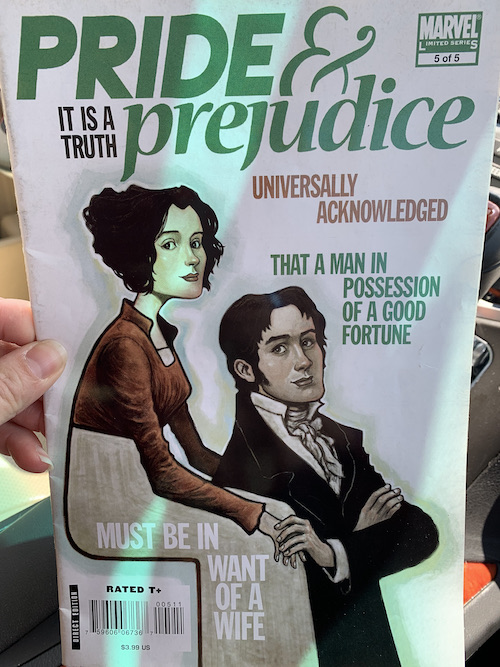MSI's Marvel Exhibition Tells an Artistic Origin Story

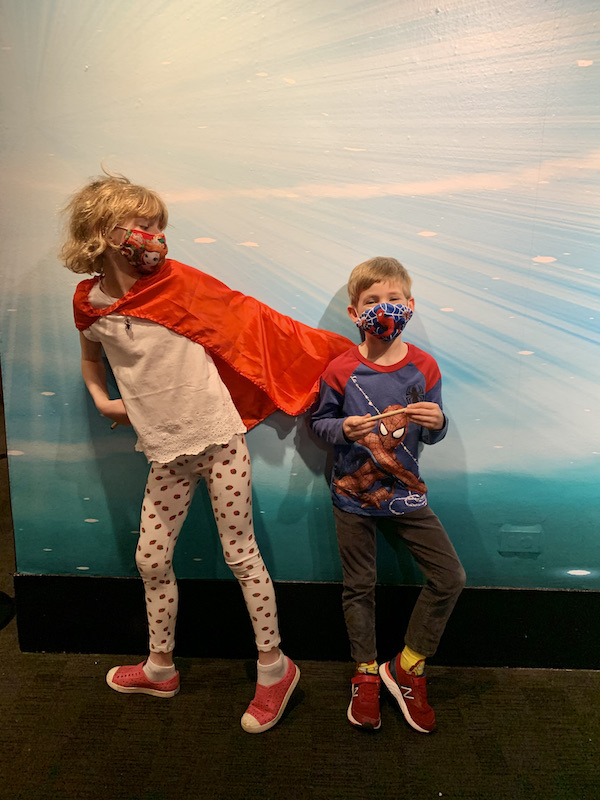
By GINNY VAN ALYEA
My 5 year old son loves Spider-Man. Some days he is dressed head-to-toe in Spider-Man clothes. He likes the Spider-Man socks a little better than his Iron Man ones. He can strike up a friendship at the playground with any other kid wearing a Spider-Man t-shirt.
So he's really the reason we bought tickets for the Museum of Science and Industry's Marvel: Universe of Super Heroes. When I went to buy tickets in March, planning for a spring break stay-cation and a return to Chicago museums, I found out, like so many others, that tickets were sold out for weeks. So we waited to go in May.
What started out as a "cultural" diversion for our kids turned out to be a deeper education about the artistic storytelling mastery of Marvel for adults, or at least this one. I cannot claim to have ever been interested in super heroes or comics before I had kids, but much like how I gained my broad knowledge of construction vehicles, super heroes have come to our home through my son.
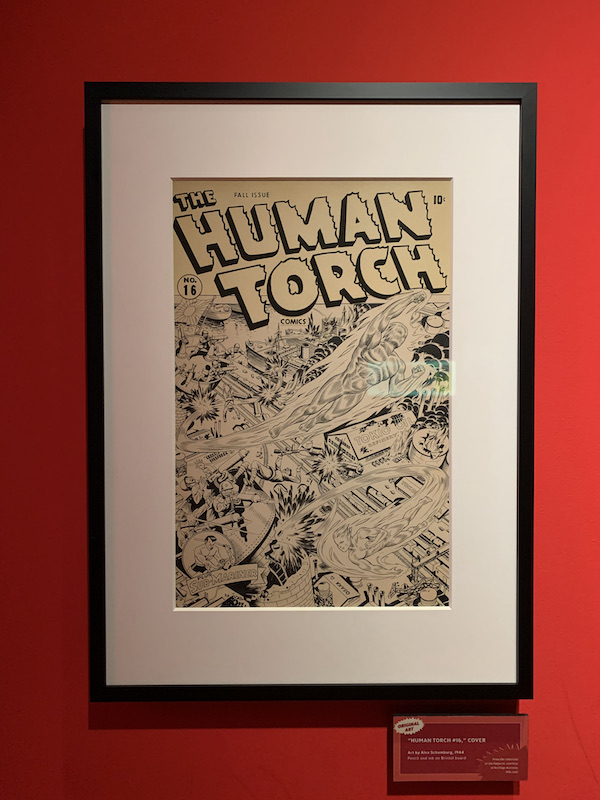
The exhibit is so big that is spans two galleries at the museum. Some of this is no doubt due to social distancing, but it is also because there is so much to display as well as to explain in detail.
Marvel: Universe of Super Heroes celebrates Marvel history with more than 300 artifacts, including original comic book pages (marked as such by a jagged comic book word bubble heralding 'Original Art'), sculptures, interactive displays, and costumes and props from Marvel’s blockbuster films. Visitors are invited to discover the origins of iconic characters such as Spider-Man, Black Panther, Hulk, and Captain Marvel and see how they have evolved alongside society, as well as world history, over the past 80 years, making these characters a pop culture mainstay.
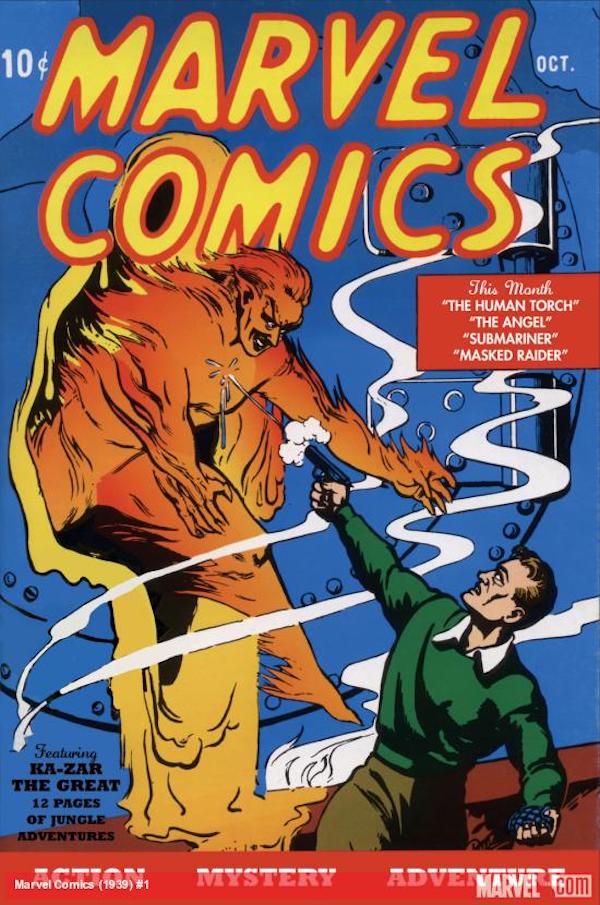
The very first Marvel comic, issue no. 1, was published in 1939. Displayed near the entrance of the first gallery, it's a valuable treasure that sets the tone for the significance of this exhibition. A nearby text explains that in the beginning, in 1938, the modern Super Hero "ignited a national craze." Visitors must spend time up close with rare artifacts like this one, as well as rare original covers and artwork making their exhibition premieres at MSI. Accompanying each piece is a contextual explanation that covers its place in time as well as the events that were taking place in the US and beyond - such as the inaugural issue's featured battle between Human Torch and The Sub-Mariner. An explanation goes on to note that the rivalry between the two heroes recedes during WWII, as they become allies against real world forces of evil like the Nazis. The notion is clear that were it not for America's role in the war, "It's unlikely that the Super Hero boom would have taken off as it did." Conversely, once the war was over, interest in super heroes waned when a unified nationalism was not as prominent throughout the country.
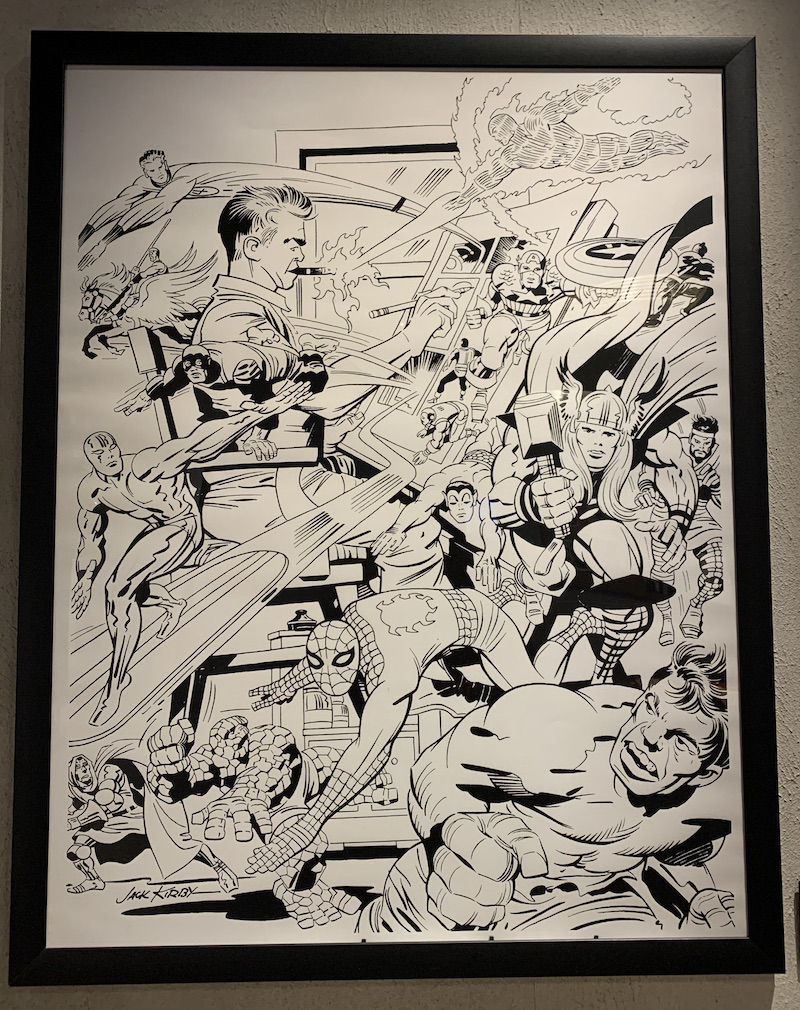
I came away with an understanding that so much of the vision for Marvel and its well-known characters was borne from two very talented artists, Stan Lee and Jack Kirby, who were immigrants to the United States and who joined the new company in 1939 and 1941, respectively. They spun stories that have stood the test of time, embodied by characters who have also evolved from moral standard bearers and war effort boosters to those who reflect our diverse population today. Super heroes are not intended to stand high above every day people – they can be allies of hope, bravery and the confidence to be different. The heroes tend towards urban characters who offer save harbor for those who have ever felt left out or at a disadvantage. The villains represent the more evil forces in the world as well as the vulnerability and doom of being on the bad side.
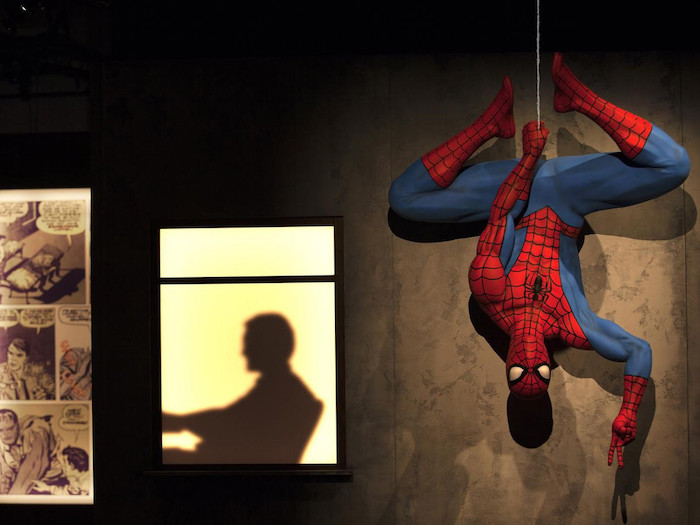
Complementing the historic components of the exhibition are the things that make this fun for the youngest Marvel fans (like mine) as well as very Instagrammable for older kids and adults. Even though my son and his 7 year old sister are too young for the Marvel Studios films, they had a lot of fun posing with life-size Marvel characters including Black Panther, Ms. Marvel, and yes Spider-Man. The thoughtfully designed and set-worn Marvel Studios film costumes are works of art in their own rite.
Trippier portions of the exhibition include set pieces like Tony Stark’s lab, the mirror dimension of Doctor Strange, and a tiny exhibit contained in sort of mirrored box with (spoiler) projected images of a flying Ant-Man and Wasp Girl. You have to watch closely, seeking out the art as well as some of the magic of super heroes.
Marvel: Universe of Super Heroes runs through October 24. And yes, tickets are still selling out weeks in advance, so don't delay.
P.S. Shortly after seeing the MSI Marvel exhibition I discovered a 2009 limited edition issue of Pride and Prejudice by Marvel at a thrift store! Had I only known, I may have gotten into comics back in high school!
